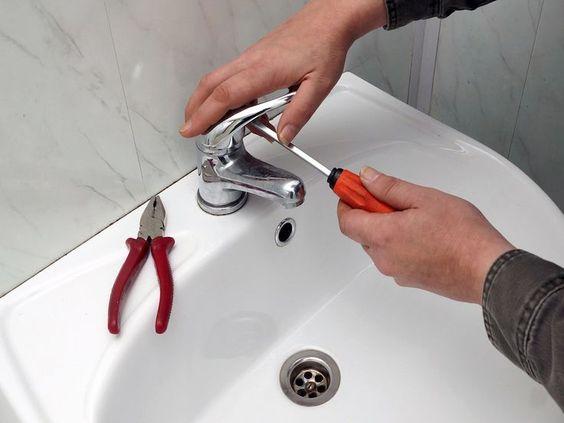Water line replacement is a crucial task for homeowners facing issues with their water supply. Whether due to aging pipes, corrosion, or damage, replacing a water line requires careful planning and execution. This guide will provide a comprehensive overview of the process, from identifying the need for replacement to completing the project efficiently and effectively.
Signs That You Need a Water Line Replacement
- Decreased Water Pressure: A noticeable decrease in water pressure can indicate a problem with your water line.
- Water Discoloration: Rusty or discolored water coming from your faucets can signal corrosion in your water line.
- Frequent Leaks: If you're experiencing frequent leaks in your water line, it may be time for a replacement.
- Aging Pipes: If your home has older pipes that are prone to corrosion and damage, it's wise to consider replacement.
Planning for Water Line Replacement
- Assessment: Start by assessing the extent of the damage and the type of replacement needed.
- Permits: Check with your local authorities to determine if permits are required for the replacement project.
- Budgeting: Create a budget that includes the cost of materials, labor, and any unforeseen expenses.
- Choosing a Contractor: Research and choose a reputable contractor with experience in water line replacement.
Types of Water Line Replacement
- Trenchless Replacement: This method involves minimal digging and is less invasive than traditional replacement.
- Traditional Replacement: Involves digging a trench to access and replace the damaged water line.
The Water Line Replacement Process
- Preparation: Clear the area around the water line and shut off the water supply.
- Digging: For traditional replacement, dig a trench along the path of the existing water line.
- Pipe Replacement: Remove the old pipe and replace it with a new one.
- Connection: Connect the new pipe to the existing plumbing system.
- Backfilling: Fill the trench with soil and compact it to secure the new pipe.
- Testing: Turn on the water supply and check for leaks or issues.
Maintenance Tips After Replacement
- Regular Inspections: Schedule regular inspections to check for leaks or damage.
- Water Quality Testing: Periodically test your water quality to ensure it meets safety standards.
- Proper Use: Avoid putting unnecessary strain on your water line by following proper usage guidelines.
Conclusion
Water line replacement is a complex process that requires careful planning and execution. By understanding the signs that indicate the need for replacement, planning effectively, and choosing the right replacement method, homeowners can ensure a smooth and successful water line replacement project.
FAQs
- How long does water line replacement take?
- The time taken for water line replacement can vary depending on factors such as the extent of the damage and the chosen replacement method. It can range from a few hours to a few days.
- Is trenchless water line replacement more expensive?
- Trenchless water line replacement can be more expensive upfront but may save money in the long run due to reduced labor and landscaping costs.
- Can I replace a water line myself?
- Water line replacement is a complex task that is best left to professionals. Attempting to replace a water line without the necessary expertise can lead to further damage and costly repairs.
- How can I prevent the need for water line replacement?
- Regular maintenance, such as checking for leaks and monitoring water pressure, can help prevent the need for water line replacement. Additionally, avoiding putting excessive strain on your water line can prolong its lifespan.
- What should I do if I suspect a problem with my water line?
- If you suspect a problem with your water line, such as decreased water pressure or discoloration, it's important to contact a professional plumber for an assessment. They can determine the cause of the issue and recommend the appropriate course of action.



